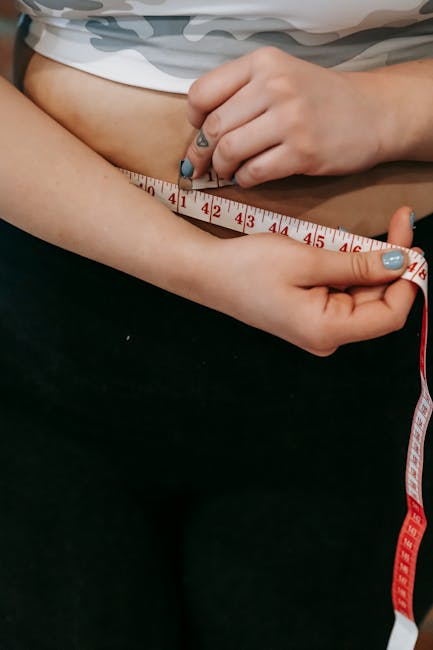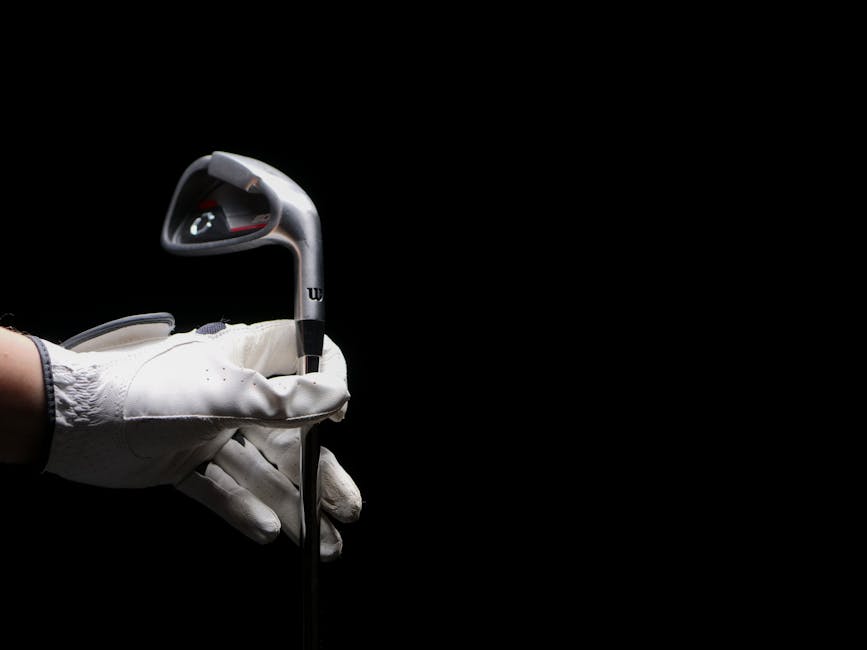When was the last time you picked up your pickleball paddle and thought, “Is this handle really the right size for me?” If you’re like most active players we meet at PickleballMate, you might be surprised how much grip size shapes comfort, control, injury risk, and even your sense of connection to the game itself. In this deep-dive, we’ll break down practical ways to measure your grip, decode the specs, and offer community-driven advice so you can walk onto the court (or your next tournament!) with real confidence in your paddle.
Why Getting Pickleball Paddle Grip Size Right Matters
Paddle grip size isn’t just a minor detail—it directly impacts:
- Shot accuracy & touch: Too big and you’ll lose wrist mobility and feel. Too small and you’ll over-squeeze, causing tension and blisters.
- Endurance & fatigue: A proper fit lets you play longer, with less cramping and fewer repetitive stress aches (especially for those of us playing several days per week).
- Injury prevention: A mismatched grip may contribute to wrist, elbow, or shoulder pain—one of our community’s top concerns.
- Confidence in your shots: When your paddle feels like an extension of your hand, you’ll intuitively place dinks, smashes, and third-shot drops exactly where you want them.
How to Measure Your Perfect Pickleball Grip Size
At PickleballMate, we recommend taking your time to test and measure—the difference between just “okay” and “feels amazing” can be as little as 1/8 of an inch. Here’s how you can dial it in:
1. The Ruler Method: The Most Precise Way
- Open your dominant hand palm up, fingers fully extended and close together.
- Find the bottom horizontal crease of your palm at the base of your fingers.
- Place a ruler vertically, measuring from that crease up to the tip of your ring finger.
- The number you get (typically between 4″ and 4.5″) corresponds to your ideal paddle grip circumference.
Tip: For most adults, measurements will fall between 4″ and 4.5″, but always round down if you fall in the middle—overgrips are easy to add, but you can’t shrink a handle!
2. The Finger Gap Technique
- Hold your paddle in your dominant hand as if ready to serve.
- Slide your non-dominant index finger into the gap between your palm and the tips of your fingers gripping the handle.
- Just right: Your finger fits comfortably, just touching your palm and fingertips without extra space.
- Too small: The gap is tight or nonexistent—your fingertips dig into your palm.
- Too large: There’s significant space (the grip may slip, decreasing control).
3. Fast Track: Height-Based Sizing Guide
| Player Height | Suggested Grip Circumference |
|---|---|
| Under 5’3″ | 4″ |
| 5’3″ – 5’8″ | 4 1/8″ to 4 1/4″ |
| Over 5’8″ | 4 1/2″ and up |
Keep in mind, these are only starting points—our PickleballMate community has players across the spectrum (height isn’t everything!).
Grip Length: What’s Right for Your Playing Style?
Grip length matters almost as much as grip circumference, especially if you like to switch hands, use a two-handed backhand, or have large hands:
- Short Handles (under 5″): Favored by players transitioning from table tennis, or those who prefer ultimate paddle maneuverability.
- Standard (5″): Best for all-around players. This size offers a familiar feel and works for the majority of our US-based pickleball enthusiasts.
- Long Handles (over 5″): Huge plus for players who use a two-handed backhand, want more room for grip adjustments, or have longer fingers. More space can equal more options during dynamic play.
Remember: a longer handle may slightly reduce paddle surface area, so balance your preference for handle room with the sweet spot size you like.
Fine-Tuning Your Grip: The Smart, Adjustable Options
- Overgrips: Adding one can increase grip size by 1/16″–1/8″ without altering the paddle’s weight significantly. Perfect for players who want a custom feel or change grip size throughout the season.
- Grip Tape for Dampening: There are comfortable and tacky options if you have sweaty palms or want some vibration dampening. Many in our PickleballMate tribe swap to a high-tack overgrip in the summer and something drier for winter.
- Grip Shape and Texture: If your hand slides, try a contoured or ribbed grip. Texture helps maintain control (and can save you from those awkward mid-rally re-grips).
Common Paddle Grip Size Mistakes (And How We See Everyday Pickleballers Fix Them)
- Going with biggest available: Many assume bigger = better stability, but oversized grips decrease wrist snap and can cause tennis elbow.
- Ignoring overgrip build-up: If you consistently use two overgrips, consider a smaller base grip. And if you’ve been stacking them purely for cushioning, try switching to a cushioned core grip instead.
- Annual reevaluation: Our hand strength and preferences aren’t static—they change as we play more, get stronger, or recover from minor injuries. Remeasuring yearly is a pro move.
How We Personally Choose Our Own Grip Size at PickleballMate
We’re part of the same active, gear-hungry, detail-oriented community as our readers. Here’s a step-by-step look at how many of us arrive at our ideal fit:
- Start by measuring hand with the Ruler Technique for a precise baseline.
- Try test paddles with and without an overgrip to evaluate tack, feel, and any hot spots on hand or wrist after rallying for 10–15 minutes.
- Periodically check with the finger gap method, especially after switching to a different brand or handle shape.
- Adjust or swap out grips when playing frequency increases or as seasons change (grip “feel” can be totally different indoors vs. humid outdoor conditions!).
Pickleball Grip Size FAQ (From Our Mailbag)
- Q: Is it ever OK to go smaller than my measured size?
Yes—as long as you add overgrips! Many players prefer a smaller base plus 1–2 overgrips for a customizable fit. - Q: Do kids and teens follow the same guidelines?
For juniors, simply use their hand measurement or go by height guide. Err on the small side—they’ll grow into a larger grip soon enough. - Q: If I play multiple paddle sports, will my grip preferences transfer?
Some crossover exists (tennis players prefer larger grips; table tennis converts go smaller), but always measure for pickleball separately.
Our Tips for Buyers: What To Do If You’re In-Between Grip Sizes
- Choose the smaller grip—adding a thin overgrip is cheaper and more customizable than trying to sand down a too-large handle.
- Try several handle shapes and materials. Some people love the slightly squared-off feel, while others swear by round and cushy.
- If you’re upgrading, bring your current paddle and measure its handle before shopping for your next one—it’s an easy way to maintain consistency.
Enhance Your Game: Why Our Community Swears By Getting Grip Size Right
Our most satisfied players are those who treat grip size like a core part of their gear game plan—not an afterthought. Dial in your grip, and everything else (consistency, power, spin, injury prevention) falls into place. With more comfort comes more confidence, and with confidence? You’ll play more, enjoy more, and connect even deeper to the rapidly growing pickleball community.
Get Started: Kick Off Your Journey with Expert Reviews, Pro Tips, and Gear Guides
Curious about which paddles are leading the way for comfort, control, and customizable grip options? Check out our latest guides and in-depth reviews at PickleballMate.com. We break down top paddle picks, the best overgrips, and strategies for staying at the top of your game—whether you’re a dedicated dinker, a power-hitting baseline bruiser, or new to the sport and eager to level up.
Bottom line: Getting the right pickleball grip size is one of the simplest and most effective ways to boost your game and court time enjoyment. From all of us here at PickleballMate, happy gripping—and see you on the courts!



